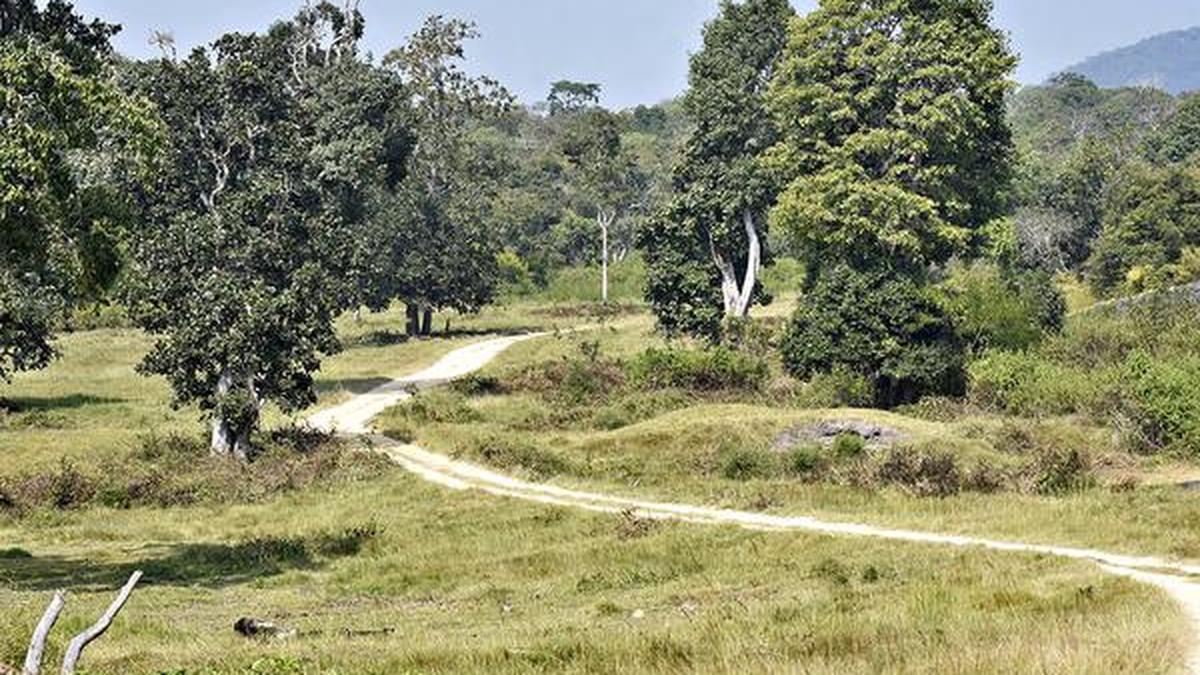Damage from non-native plants and animals expanding into new ecosystems has cost society more than $2.2 trillion worldwide, a new study by an international team of researchers has said.
Published in Nature Ecology & Evolution, the study used numbers from InvaCost, a public database that records the economic costs of biological invasions by country, and modelling exercises to analyse data from 1960. They concluded that costs may have been underestimated by 16x over previous estimates.
Beyond global economic losses, the study also modeled the impact in 78 countries for which no data was previously available. In India, a nation grappling with numerous environmental and economic challenges, the findings underscore an oft-overlooked financial drain.
A global discrepancy
Europe was found to have the highest potential impact in absolute terms at $1.5 trillion (71.45% of global cost), followed by North America ($226 billion), Asia ($182 billion), Africa ($127 billion), and Australia and Oceania ($27 billion).
Brian Leung, one of the lead researchers and the UNESCO Chair for Dialogues on Sustainability, said, “The cost of invasions might just be higher because of the cost of things in Europe. There’s more to damage, higher cost of the agricultural products, and the cost of management might be higher.”
The study didn’t estimate a total economic damage figure for India in absolute terms but emphasised the magnitude of underreported management costs. In fact, among all the countries assessed, the study found India had the highest percentage discrepancy of management expenditure: 1.16 billion percent.
Per the study, this exceptionally high disparity suggests a significant amount of management spending in India has likely been unrecorded or underreported in the existing data, leading to a substantial “hidden” cost. The researchers were careful to note that India’s limited resources could have contributed as much to this gap as a recording bias in the InvaCost database, which may be overlooking reports in languages predominant in Africa and Asia.
Europe reported a discrepancy of 15,044%, followed by Asia (3,090%), and Africa (1,944%). The median cost discrepancies among the assessed countries was 3,241%.
Leung said he was unsure of India-level specifics or how the figures break down but noted that general management strategies could include different elements like prevention, eradication, control or suppression, and efforts to slow the spread of invasion. “These are all tools used for managing invasions,” he said.
S. Sandilyan, a former fellow on Invasive Alien Species at the Centre for Biodiversity Policy and Law in Chennai, said the findings of the study are plausible. “India is falling short in documenting, reporting, and strategically funding biological invasion management. Lack of centralised data systems, limited inter-agency coordination, and competing conservation priorities exacerbate this,” he added.
Who are the invaders?
Plants emerged as the most economically impactful invasive species worldwide as well as as the costliest group vis-à-vis the cost of management, demanding $926.38 billion in 1960-2022. Next in line were the arthropods ($830.29 billion) and mammals ($263.35 billion). The researchers speculated that these species spread to new ecosystems — where they could thrive at the cost of its incumbents — primarily through trade and travel, helped along by globalisation and bilateral deals.
They singled out Japanese knotweed (Reynoutria japonica) and common lantana (Lantana camara) to be among the costliest to manage per square kilometre.
Leung, however, cautioned that simply eradicating all invasive species would make the problem worse. “A lot of the agricultural products that dominate our system now are not native,” he said.
“Invasive species transport is a byproduct of trade and importation of living organisms because we want them and sometimes these are the driving forces behind invasions,” Leung added. “Europe has been doing that for a long time.”
This presents a two-faceted challenge: on one hand, there is an imperative to mitigate economic losses; on the other, there is the desire to foster further globalisation. Thus, according to Leung, efforts must simultaneously be made to curtail the spread of invasive species and address global warming by increasing vegetation. Given these complex, intersecting objectives, reconciling these disparate goals studying invasive species becomes a significant challenge, he added.
Control measure
The study also acknowledged that several international policies to deal with invasive species are in place and which scientists at large believe have had a positive effect on reducing the rate of biological invasions. Key among them is a regulation concerning shipping traffic and trade practice: the International Convention for the Control and Management of Ships’ Ballast Water and Sediments (a.k.a. Ballast Water Management Convention), which is designed to prevent the spread of harmful aquatic organisms from one region to another via ships’ ballast water.
Likewise, regulations under the Convention on Biological Diversity call on parties (including India) to “prevent the introduction of, control or eradicate those alien species which threaten ecosystems, habitats or species.”
These international agreements underscore a global recognition of the threat posed by invasive species and efforts to mitigate their spread through various control points.
As for management costs, Leung said response strategies can range from preventing new invasions, aiming for complete eradication of established populations or controlling their spread to minimise impact.
The large discrepancies in reported costs also underscores the need for improved data collection, comprehensive tracking of expenditures, and robust reporting mechanisms.
“For example, even though the cost estimates in Africa are really quite limited, it doesn’t mean the damages are limited,” Leung explained.
While the study doesn’t say anything about the state of invasive species, it may be a call to action. Its specific analysis and the database was based on the measured economic costs, according to Leung, “because it’s often easier to measure and people often understand money better.”
Monika Mondal is a freelance science and environment journalist.
Published – August 25, 2025 05:30 am IST
